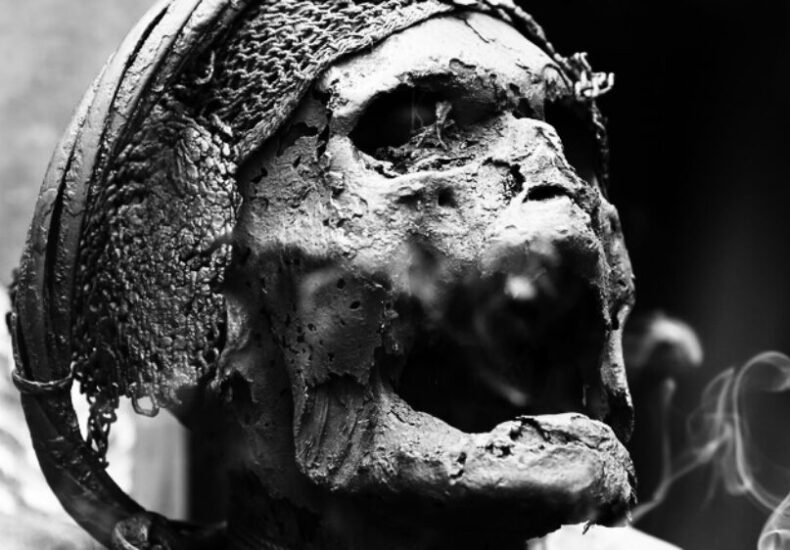
Cemetery Customs Around the World: A Cultural Comparison
Cemeteries are many things, but above all, they serve as profound windows into the soul of a culture.The way societies honour their departed tells us about their beliefs, values, and even their fears. From grand mausoleums to simple burial mounds, each tradition reflects a unique perspective on life, death, and what comes after.
Some cultures celebrate death with music and food, whilst others see it as a solemn moment of reflection. Some build towering tombs, whilst others return their loved ones to the earth in biodegradable shrouds. This diversity of funeral customs reveals not only the world’s religious and historical landscapes but also the deep emotional connection people maintain with those who have passed.
So, how do different cultures around the world honour their dead? Let’s take a journey through time and geography to uncover some of the most fascinating cemetery customs.
Contents
The Western Approach: Silent Reverence and Stone Monuments
Western cemeteries, particularly in Europe and North America, have long been characterised by orderly rows of tombstones, neatly trimmed lawns, and an air of solemnity. This aesthetic stems from Judeo-Christian traditions that emphasize peace and eternal rest.
Victorian Cemeteries: The Art of Mourning
During the 19th century, death became an elaborate affair. The Victorians, obsessed with mortality, built elaborate garden cemeteries such as Père Lachaise in Paris and Highgate Cemetery in London.
Tombstones were adorned with intricate symbols—angels for protection, broken columns for lives cut short, and weeping willows for sorrow.
Mourning was a public display. Women wore black for months, even years, and epitaphs on gravestones became poetic expressions of grief.
Cemeteries were not just places to mourn but also social spaces where families gathered for Sunday walks.
Modern Western Funerals: The Rise of Cremation
Today, cremation has become increasingly popular, especially in the United States and the UK.
Memorial parks, with small plaques instead of large tombstones, are replacing traditional graveyards.
Green burials—where bodies are interred without embalming, in biodegradable caskets—are also gaining traction, reflecting a modern shift toward environmental consciousness.
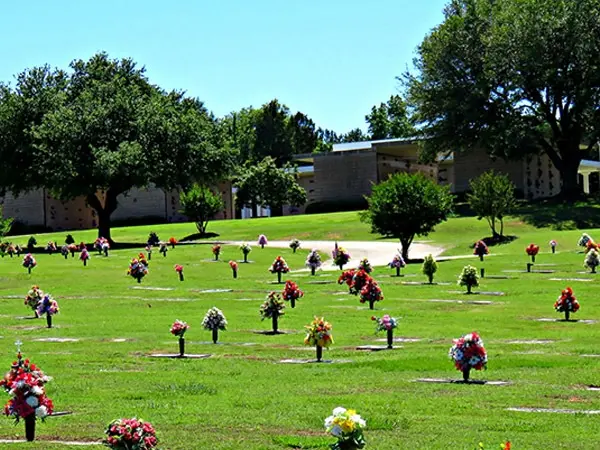

Right: An environmentally-friendly natural casket. Photo originally published on Routsong.
Latin America: The Celebration of the Dead
If Western cemeteries are about solemnity, Latin American traditions turn mourning into celebration. Nowhere is this more evident than in Mexico’s Día de los Muertos (Day of the Dead).
Día de los Muertos: A Living Cemetery
Every year on November 1st and 2nd, cemeteries across Mexico come to life. Families gather at gravesites, bringing marigolds, candles, food, and even tequila to share with their deceased loved ones. Sugar skulls and papel picado (cut-paper decorations) transform cemeteries into vibrant altars.
The belief? The spirits of the dead return to visit, and it would be rude not to welcome them with a feast. Rather than viewing death as the end, Mexican culture sees it as a continuation—just in another form.
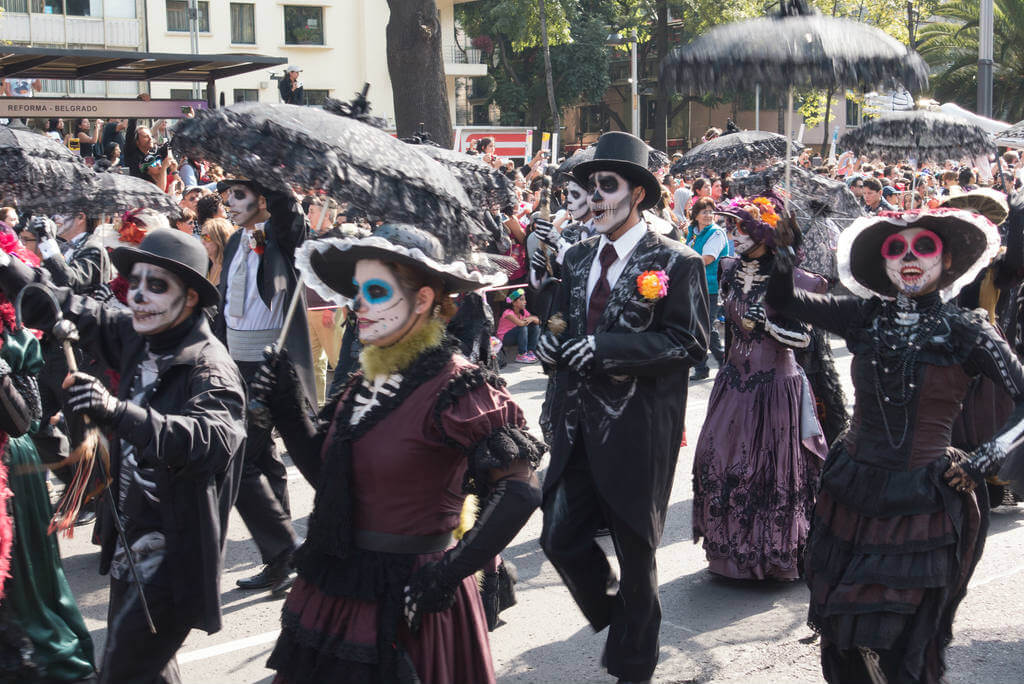
Above-Ground Tombs and Mausoleums
Many Latin American countries, especially those with strong Catholic influences like Brazil and Argentina, prefer above-ground burials.
Elaborate mausoleums and crypts, often resembling miniature houses, reflect a desire for permanence and prestige. In some regions, bodies are periodically exhumed, cleaned, and re-dressed—a practice that reaffirms familial bonds.

Asia: Ancestral Worship and Nature’s Embrace
China: The Importance of Ancestral Graves
In Chinese culture, filial piety extends beyond life and into death. Ancestral graves are visited regularly, especially during Qingming Festival (Tomb-Sweeping Day), when families clean tombstones, offer food, and burn paper replicas of money, houses, and even cars—believed to reach ancestors in the afterlife.
Feng shui plays a crucial role in cemetery placement. Graves are carefully positioned to harmonise with natural elements, ensuring prosperity for the living descendants. Traditionally, burial was preferred, but due to land shortages, cremation is now widely encouraged in urban areas.
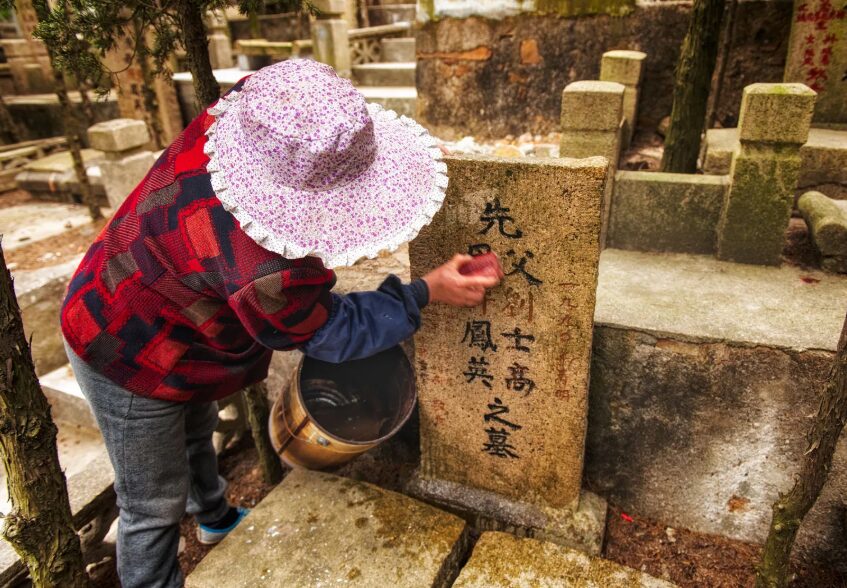
Japan: The Blend of Shinto and Buddhist Practices
Japanese cemeteries are strikingly different from Western ones. Gravestones, often tall and narrow, bear the names of the deceased and their posthumous Buddhist titles. Families visit frequently, leaving incense, flowers, and even sake as offerings.
Unlike many cultures that avoid discussing death, Japanese traditions integrate it into daily life. Many families keep a butsudan (household altar) where they honour ancestors with daily prayers and offerings. Cremation is nearly universal, with ashes interred in family plots rather than individual graves.
India: The Cremation Tradition
Hindu funeral rites center on cremation rather than burial. The belief is that burning the body releases the soul (Atman) from its earthly bonds, allowing it to reincarnate. Varanasi, on the banks of the Ganges River, is considered the holiest site for cremation.
Unlike Western cemeteries, Hindu funeral traditions emphasise water over land. The ashes of the deceased are scattered in sacred rivers, particularly the Ganges, believed to purify the soul and aid its journey to the next life.
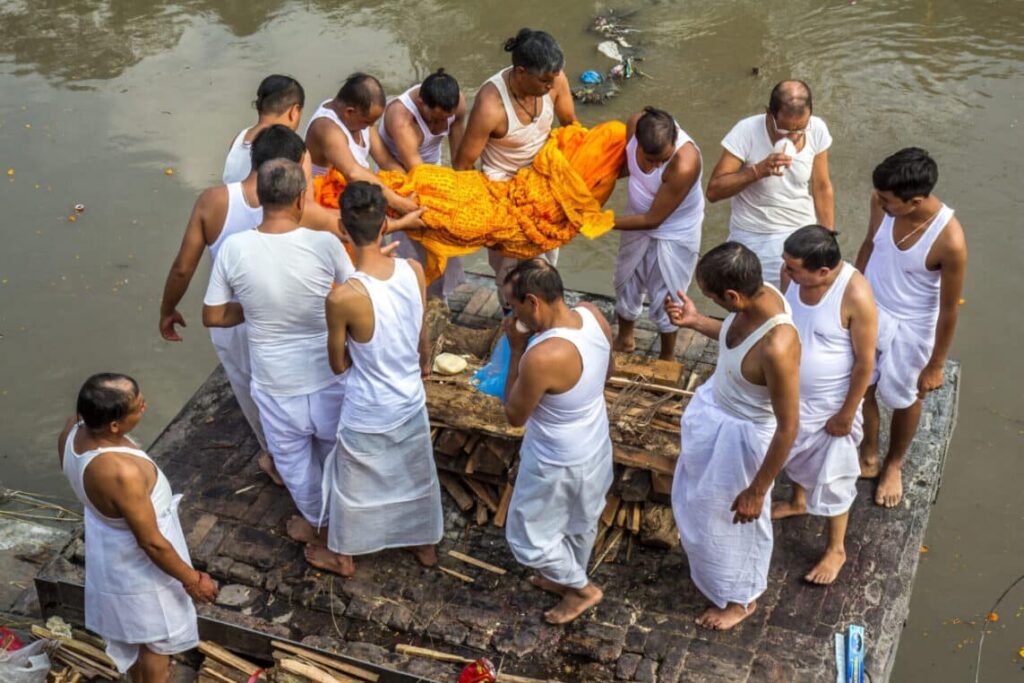
Africa: Community, Spirits, and Sacred Ground
Ghana: The Fantasy Coffins
In Ghana, funerals are joyous and elaborate events, often more expensive than weddings. The most remarkable aspect? Fantasy coffins—custom caskets shaped like objects that represent the deceased’s life. A fisherman might be buried in a coffin shaped like a fish, a businessman in a Mercedes-Benz.
These coffins celebrate life rather than mourn death, ensuring that the deceased enters the afterlife in style.

Madagascar: The Turning of the Bones
The Malagasy people of Madagascar practice Famadihana, or “The Turning of the Bones.” Every few years, families exhume their ancestors, rewrap them in fresh shrouds, and dance with the remains. The belief? The dead are not truly gone until they are forgotten.
This ritual strengthens family bonds, ensuring that even in death, ancestors remain active members of the community.
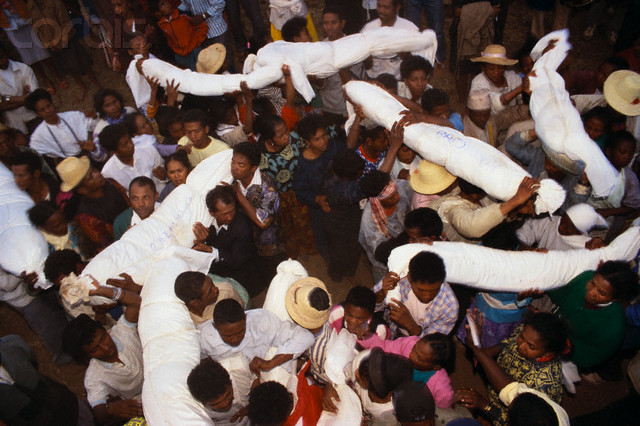
The Future of Cemetery Traditions: A Global Shift?
As the world urbanises and environmental concerns grow, cemetery customs are evolving. Space shortages in major cities are leading to more cremations, vertical cemeteries, and even digital memorials.
Eco-Burials & Green Cemeteries
From mushroom burial suits that help decompose the body naturally to underwater reef burials that create artificial marine habitats, the future of death care is increasingly green.
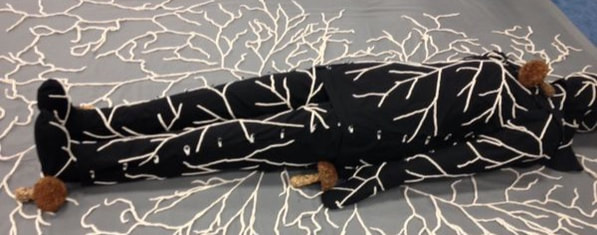
Virtual Cemeteries & Digital Memorials
With the rise of the internet, memorialising the dead is no longer confined to physical space. QR codes on tombstones, linking to digital biographies, are becoming more common. Some families create virtual memorials, allowing loved ones to “visit” from anywhere in the world.
Bottom Line
Cemeteries are more than final resting places—they are mirrors of culture, reflecting how societies perceive life, death, and remembrance. From Mexico’s vibrant celebrations to Japan’s quiet ancestral reverence, each tradition offers a unique insight into the human experience.
Despite differences in customs, one thing remains universal: the need to honour and remember those who came before us. Whether through grand mausoleums, quiet rituals, or eco-friendly burials, cemeteries continue to evolve, just as humanity does.
FAQs
Cremation is often chosen for religious, environmental, or practical reasons. Hinduism and Buddhism see it as a way to free the soul, while in urban areas, land shortages make cremation a necessity.
Ghana’s fantasy coffins—custom-made caskets shaped like objects representing a person’s life—are among the most unique and artistic traditions.
Many cultures, like those in Mexico and Madagascar, see death as part of a continuous journey rather than an end, leading to joyful commemorations.
Whilst traditional cemeteries face space shortages, alternatives like vertical cemeteries, green burials, and digital memorials are emerging as solutions.
Père Lachaise Cemetery in Paris is one of the most famous, home to legendary figures like Oscar Wilde, Jim Morrison, and Edith Piaf.

Leave a Reply